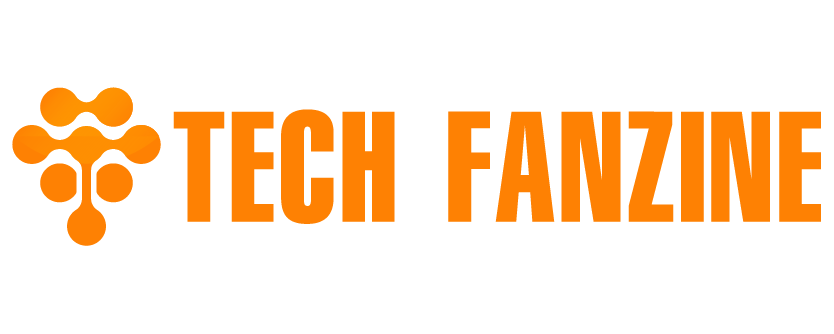Post Preview
Understanding the Importance of Efficient Payroll Systems
A well-organized payroll system is crucial for any business, large or small. Not only does it ensure that employees are paid accurately and on time, it also helps maintain compliance with regulatory requirements. Efficient payroll processes contribute to overall employee satisfaction and trust, significantly boosting productivity and morale. Employees who depend on regular, accurate paychecks are more likely to be engaged and motivated. Utilizing payroll services for Canadian businesses can simplify these processes, making managing and optimizing payroll activities easier without overwhelming the HR department. Furthermore, streamlined payroll systems can reduce administrative costs, enhancing the overall efficiency and profitability of the business.
Analyzing Your Current Payroll Process
The first step in streamlining your payroll is thoroughly analyzing your current process. Identify redundancies, bottlenecks, and areas where mistakes frequently occur. This assessment will provide a clear picture of what needs improvement. Engage with your payroll team to gain insights into their everyday challenges and solicit feedback to understand where the inefficiencies lie. By working together, it is ensured that the solutions put into practice deal with actual issues and have the backing of payroll managers. In addition to revealing hidden expenses and inefficiencies, a thorough audit can help you better utilize your resources.
Implementing Cloud-Based Payroll Solutions
Cloud-based payroll solutions offer increased flexibility and accessibility, enabling payroll processing from anywhere with an internet connection. These systems are typically more affordable and scalable than traditional on-premises software. They also come with real-time updates, ensuring your payroll system complies with the latest regulations. Another benefit is that cloud-based systems offer seamless integrations with other financial and human resources software, creating an efficient, interconnected business environment. By streamlining data transfers between departments, these interfaces can lower the risk of errors and promote a more cooperative work atmosphere. Better financial planning and analysis are made possible by the advanced reporting options that cloud-based systems frequently offer.
Enhancing Data Security
Security is a paramount concern when dealing with sensitive payroll data. Implementing robust data security measures can protect against breaches and unauthorized access. Use advanced encryption technologies to secure data both in transit and at rest. Update security procedures on a regular basis, and train staff members on data protection best practices. Experts in data security assert that regular audits and assessments are essential for spotting vulnerabilities and taking proactive measures to fix them. Additionally, by ensuring that only those with the appropriate authorization may access private data, role-based access control and multi-factor authentication can bolster the security of your payroll system. These safety measures protect your business from potential financial losses resulting from security breaches and help employees develop a security-aware mindset.
Staying Compliant with Regulations
Compliance with payroll regulations is non-negotiable, yet staying up-to-date can be challenging due to the constantly changing legal landscape. Automated payroll solutions can help by automatically updating to reflect new laws and regulations. This ensures that your payroll practices are always compliant, thus minimizing the risk of legal issues or financial penalties. Consider employing experts to regularly review your payroll process and consult on compliance matters, ensuring all local, regional, and national laws are met. Regular compliance checks can also reveal discrepancies and inconsistencies that can be corrected promptly, avoiding costly errors and potential legal troubles. Building a strong compliance framework within your organization mitigates risks and fosters a culture of transparency and accountability.
Leveraging Automation and AI
Payroll processing manual labor can be greatly decreased with the use of automation and artificial intelligence (AI) technology. It is possible to automate processes like data entry, error checking, and financial reporting, which will increase accuracy and save time. AI can also provide predictive analytics, helping to forecast payroll expenses and identify trends that could affect your financial planning. Companies that leverage automation and AI solutions are often better positioned to handle large volumes of payroll data efficiently and can quickly adapt to changing business conditions. Additionally, AI-driven chatbots can handle employee queries about payroll, reducing the burden on HR departments and providing instant, accurate information to employees. Integrating machine learning algorithms can also help detect and prevent fraud, adding an extra layer of security to payroll operations.
Utilizing Employee Self-Service Portals
Employee self-service portals empower employees to access their payroll information, such as payslips and tax forms, at their convenience. These portals can also allow employees to update personal information, reducing the administrative burden on HR departments. By providing a user-friendly interface and 24/7 access, self-service portals can improve employee satisfaction and reduce the frequency of payroll-related inquiries. This enhances the employee experience and frees HR professionals to focus on more strategic tasks. Furthermore, these portals can serve as a centralized hub for all employment-related information, including benefits and leave balances, making it easier for employees to manage their work-life balance. The transparency and convenience offered by self-service portals can lead to higher overall employee engagement and lower turnover rates.
Managing Global Payroll Challenges
Expanding businesses face unique challenges in managing global payroll, including varying regulations, multiple currencies, and language barriers. Global payroll solutions offer a centralized platform to manage these complexities, ensuring compliance across different jurisdictions. These systems can streamline international payroll operations by standardizing processes, facilitating currency conversions, and managing multiple payroll schedules. Efficient global payroll solutions help multinational companies maintain smooth payroll operations and enhance their global workforce management. Additionally, these systems can provide insights into global payroll trends and help businesses make informed decisions regarding international expansions and talent management. Companies that guarantee accuracy and consistency in payroll processing across many countries can establish a cohesive company culture and establish a strong worldwide presence.
Future Trends in Payroll Management
Looking ahead, the future of payroll management will be influenced by advanced technologies like blockchain, which can enhance transparency and security in payroll transactions. Innovations in analytics and machine learning will continue to shape payroll systems, making them smarter and more responsive to business needs. Integrating payroll systems with other business functions will improve efficiency and provide a holistic view of the organization’s financial health. One of the most promising developments is using blockchain technology to create immutable records of payroll transactions, ensuring complete transparency and reducing the risk of fraud. Advanced analytics can offer real-time insights into payroll data, helping businesses make proactive decisions and optimize compensation strategies. The future of payroll is bright, with numerous opportunities for innovation and efficiency that can revolutionize how businesses handle their payroll processes.



